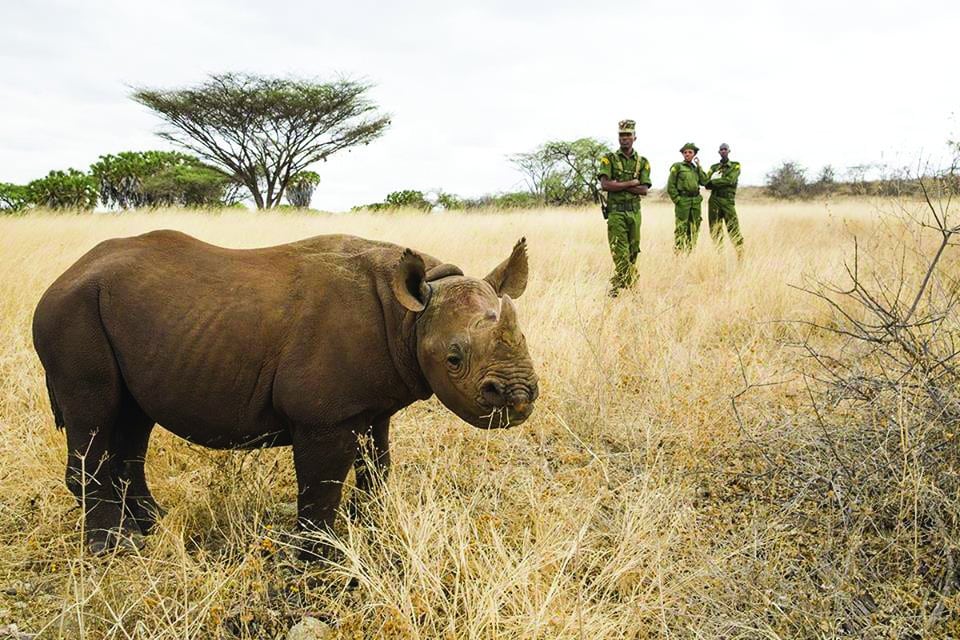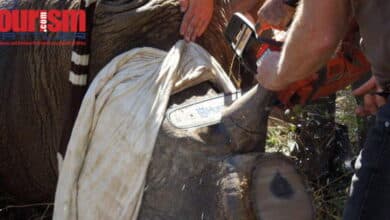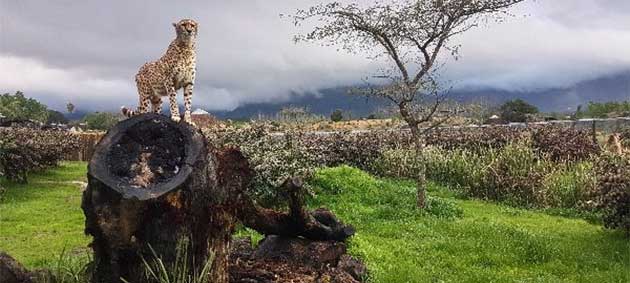Shark Research on the Whale Coast
Whale Coast Conservation’s innovative public participation programme, asks holiday-makers and students to collect shark egg cases found along the Cape Whale Coast beaches and rocky coastline to assist in research, writes Des Langkilde.
While visiting the Cape Whale Coast region of South Africa’s Western Province during December 2014 (see our destination feature article here), I came across the poster shown below displayed at Grotto Beach in Hermanus.
Intrigued, I registered as a volunteer on the Whale Coast Conservation website, and started searching for egg cases. Believe me, it’s no easy task as the egg cases are not easily discernible among the flotsam of kelp and sea weed, But I did manage to find few, and duly submitted my find using their downloadable submission form.
The project, where egg cases are collected on beaches and recorded in a survey, hopes to build up a database for the entire coastline in the Whale Coast region.
Only about 25% of all sharks lay eggs. This is called ovipary. The embryo (baby shark) grows inside an egg case and has a yolk sac off which it feeds. The egg case is leathery and protects the embryo while it grows. Often there are tendrils (or hooks) on the ends, which anchor the egg case onto rocks or marine plants. Some egg cases have been found to be linked to an adult shark but there are others that conservationists are still uncertain of.
When the embryo is fully grown, the ‘baby’ shark hatches and comes out of the egg case. The case mostly dislodges and often washes out of the water.
If an egg case is found on a beach, it means that the adult that shed that egg must be in the water next to that beach.
After keeping a lookout for shark egg cases for some years, it seemed to Whale Coast Conservation researchers that there are more egg cases on the beach at different times of the year. To test this, egg cases are collected regularly every two weeks at three different beaches and the numbers are recorded.
This will be continued for two years at least to determine if there really is a pattern to the collection data. After five months of collecting it seems that some shark case numbers have remained constant whereas others have shown a spike in numbers during the autumn months. It is too soon to really tell but this may mean that these sharks have a identifiable breeding season or that the numbers of egg cases on the beach is correlated to stormy weather, rough seas and strong winds. Whale Coast Conservation will continue to monitor this in search of answers.
If collecting shark eggs is too tame for you, why not experience some real adrenalin and go cage diving with Great White Sharks. See www.whitesharkprojects.co.za for more information.







